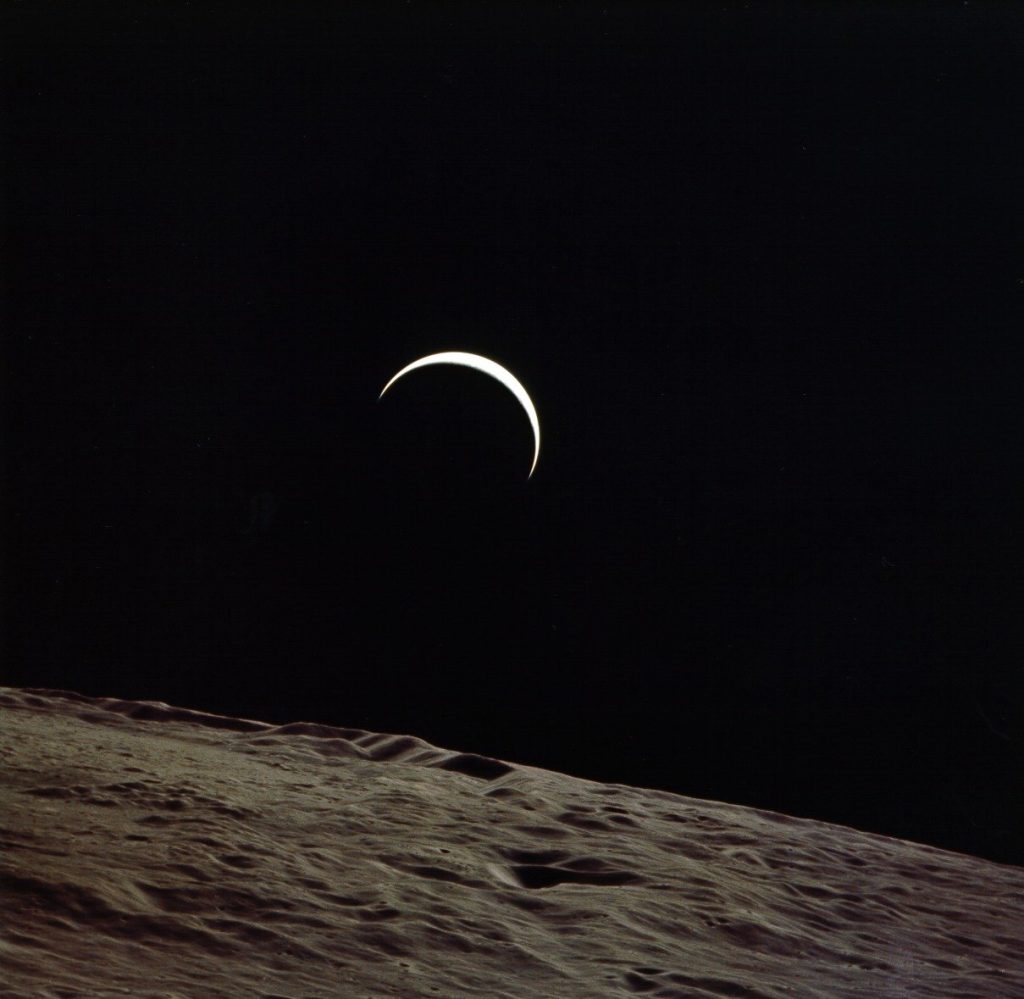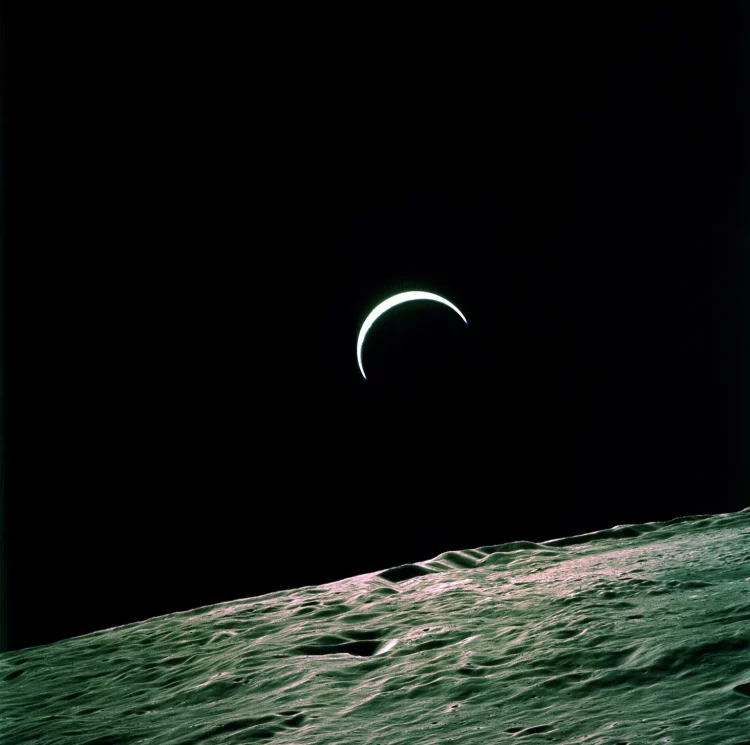Introduction
NASA’s continuous exploration of space has unveiled some of the universe’s most breathtaking and awe-inspiring phenomena. Each image released by NASA offers a glimpse into the wonders of our cosmos, showcasing the remarkable beauty and complexity of space. This article delves into the latest image release from NASA, exploring its significance, the scientific insights it provides, and the broader implications for our understanding of the universe.
1. Overview of the Image
The latest image from NASA captures an extraordinary view of [describe the subject of the image, e.g., a distant galaxy, a nebula, or a celestial event]. This high-resolution image, taken by [the name of the spacecraft or telescope that captured the image, e.g., the Hubble Space Telescope or the James Webb Space Telescope], provides a detailed look at [specific features visible in the image].
1.1 Visual Details
The image showcases [describe the key features of the image, e.g., intricate patterns of stardust, vibrant colors of a nebula, or the spiral arms of a galaxy]. These details are a result of [explain the imaging technology used, such as multi-spectral imaging or advanced optics], which allows scientists to capture and analyze previously unseen aspects of these celestial objects.
1.2 Significance of the Image
This image is significant because [explain why this image is important, e.g., it reveals new information about the structure of a galaxy, the composition of a nebula, or the dynamics of a celestial event]. The clarity and detail provided by this image help scientists to [describe the scientific goals, such as understanding the formation of stars, studying the evolution of galaxies, or exploring the characteristics of distant exoplanets].
2. Scientific Insights and Discoveries
The image provides a wealth of scientific information that contributes to our understanding of the universe. Researchers can analyze various aspects of the image to gain insights into different astronomical phenomena.
2.1 Understanding Celestial Structures
By studying the image, scientists can investigate the structure and composition of [the celestial object depicted]. For example, the image of a nebula might reveal the presence of [specific elements or compounds], while a galaxy image might show the distribution of [types of stars or dark matter].
2.2 Formation and Evolution
The details captured in the image offer clues about the formation and evolution of [the celestial object]. For instance, observations of a distant galaxy can provide information about how galaxies merge and evolve over time, while a nebula image can help researchers understand the processes involved in star formation.
2.3 Cosmic Phenomena
The image might also showcase cosmic phenomena such as [supernovae, black holes, or gravitational waves]. Understanding these phenomena is crucial for [describe the broader scientific objectives, such as testing theories of general relativity, exploring the life cycle of stars, or studying the distribution of matter in the universe].
3. Technological Innovations and Imaging Techniques
The stunning quality of the image is a testament to the advancements in space imaging technology. NASA’s imaging instruments use state-of-the-art technology to capture detailed and accurate representations of distant cosmic objects.
3.1 Advanced Telescopes
The image was captured using [the name of the telescope or spacecraft], which is equipped with advanced [describe the technology, e.g., multi-spectral cameras, high-resolution sensors]. These technologies enable scientists to observe cosmic objects in various wavelengths, from visible light to infrared and ultraviolet.
3.2 Data Processing and Analysis
The raw data collected by the imaging instruments undergoes extensive processing and analysis to produce the final image. Techniques such as [describe data processing methods, e.g., image stacking, noise reduction, and color mapping] are used to enhance the clarity and detail of the images, allowing researchers to extract meaningful scientific information.
3.3 Future Developments
Ongoing advancements in imaging technology promise even greater discoveries in the future. Future missions will likely employ [describe upcoming technologies or missions, e.g., next-generation telescopes, space observatories, or advanced computational methods] to further explore the universe and capture even more detailed images of distant cosmic phenomena.

4. The Broader Impact on Space Exploration
The release of this image has far-reaching implications for our understanding of the universe and our place within it. It contributes to various aspects of space exploration and scientific research.
4.1 Public Engagement and Education
NASA’s images capture the imagination of the public and inspire interest in space exploration. Educational programs and outreach initiatives use these images to engage students and the general public, fostering a greater appreciation for science and technology.
4.2 Scientific Collaboration
The data obtained from these images often leads to collaborations between scientists and researchers across different fields and institutions. By sharing findings and insights, the scientific community can build a more comprehensive understanding of cosmic phenomena.
4.3 Future Missions and Goals
The insights gained from the image can influence future space missions and research goals. For example, discoveries made from the image might lead to targeted observations or new experiments designed to explore specific aspects of the celestial object or phenomenon depicted.
5. The Legacy of NASA’s Imaging Efforts
NASA’s commitment to exploring and imaging space has a rich legacy of discovery and innovation. Each image released not only contributes to scientific knowledge but also serves as a milestone in humanity’s quest to understand the cosmos.
5.1 Historical Milestones
Reflecting on historical milestones, NASA’s imaging efforts have provided groundbreaking discoveries, such as [mention historical images and their impact, e.g., the first image of a black hole, the detailed structure of the Hubble Deep Field]. These milestones have significantly advanced our understanding of the universe.
5.2 Ongoing Exploration
NASA continues to push the boundaries of space exploration with new missions and technologies. The latest image is a testament to the ongoing quest for knowledge and the continuous drive to explore the unknown.
5.3 Inspirational Value
Beyond scientific value, NASA’s images inspire wonder and curiosity about the universe. They remind us of the beauty and complexity of space, encouraging future generations to pursue careers in science, technology, engineering, and mathematics (STEM).
Conclusion
NASA’s latest image release offers a profound glimpse into the wonders of the universe, showcasing the remarkable capabilities of modern space imaging technology. The image not only provides valuable scientific insights but also inspires awe and curiosity about the cosmos. As we continue to explore space and uncover its mysteries, the contributions of NASA’s imaging efforts play a crucial role in expanding our understanding of the universe and our place within it. The legacy of these efforts serves as a testament to human ingenuity and the relentless pursuit of knowledge.


















































Discussion about this post